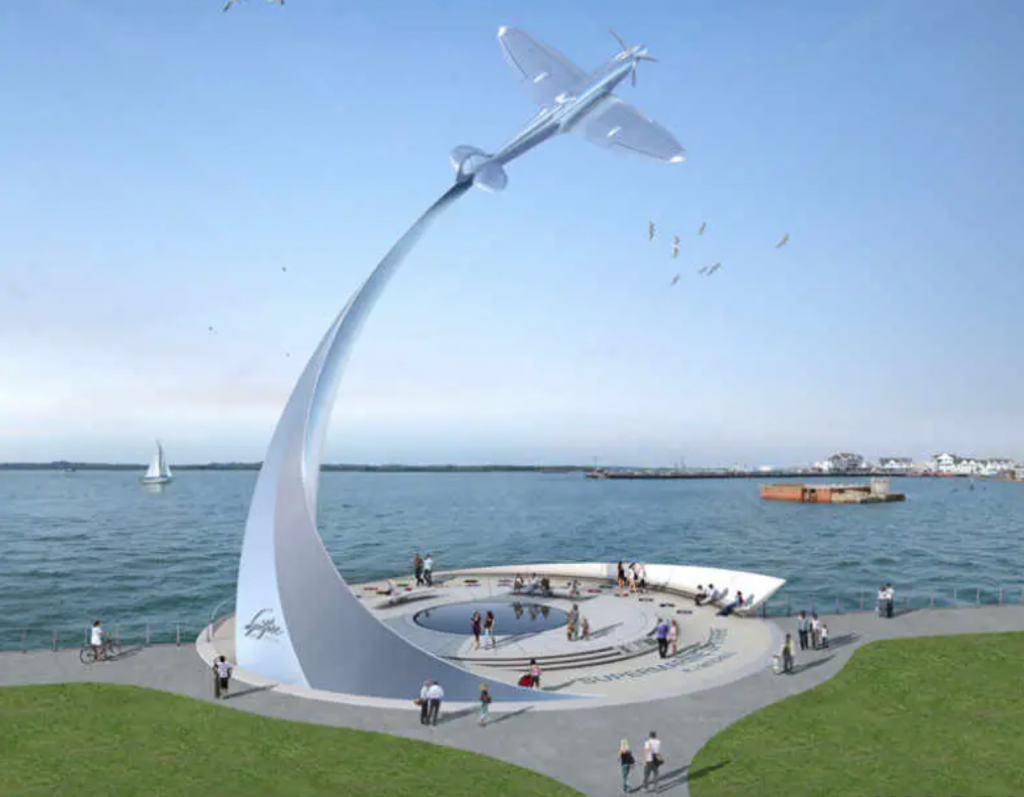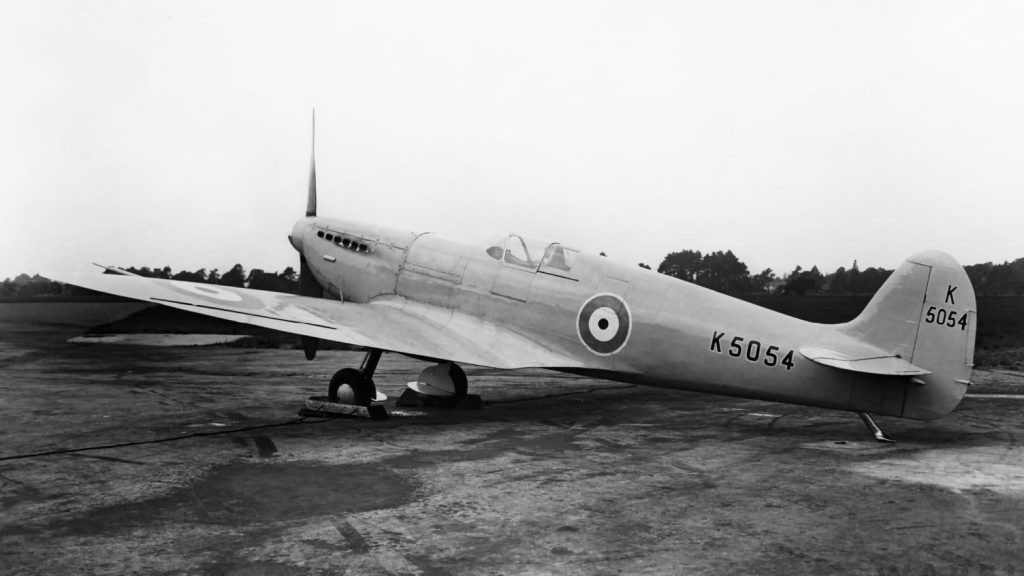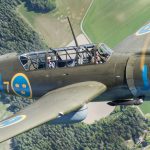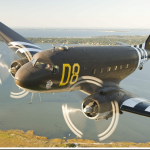The Spitfire was designed by Reginald Mitchell at the Supermarine factory in Southampton in the mid-1930s. A prototype flew from Eastleigh Aerodrome, now Southampton Airport, in March 1936. Even before the end of the war, the aircraft’s prowess became legendary. It quickly secured its place as an emblem of the country’s defensive might during the Battle of Britain. The winning design for the statue was announced in 2010, but the scheme failed to attract funding, until now.
Last Wednesday at a Southampton City Council meeting, councilors put forward their strategic support for the project which is estimated to cost £5.5m. Based in Mayflower Park, the project has been the subject of conversations for years after being given planning permission back in 2014. The monument is aimed at recognizing those who designed, built, and flew the Spitfire in World War II and is said to heighten the significance of the city’s heritage both nationally and internationally.
At 1.5 times the size of the original Spitfire, the stainless steel representation will soar 40m (131ft) above ground seemingly taking flight over Southampton water. The stainless steel mast elegantly curves skyward where it is topped by the Spitfire reproduction. The mast resembles a vapor trail; wider at the base it guides the eye of the visitor to the Spitfire at its pinnacle. At the bottom of the mast, the word ‘Spitfire’ will be embossed on the surface. The style of the text comes directly from the original marketing brochure for the Supermarine Spitfire produced in 1938. The circular plinth invokes the style of the roundels or insignia used by the RAF and other international air forces. It will protrude over the waterfront as well as having a prominent space to display a merlin engine – most likely under reinforced glass to create a stunning focal point. The outer ring of the plinth will display the roundels and insignia of the 31 allied air forces that flew the Spitfire throughout its service career. It will also include roundels representing the cities and towns that were involved in the construction and maintenance of the Spitfire. The roundels will be interactive so as to draw people into the monument.
The design of the monument was awarded to Nick Hancock Deising: “We are delighted to have won the national competition to design a memorial to the Spitfire and its designer, RJ Mitchell, which will stand on Southampton’s docks. The project has met a warm response both within Southampton and further afield, making it our most high-profile project to date. The monument has been granted planning permission by Southampton Council and we are working with a world-class team of consultants to make this vision a reality.”
Southampton is the true home of the Spitfire. RJ Mitchell started working for Supermarine in Woolston in 1917. He had a passion for racing aircraft and this passion would drive him to develop the Spitfire.
The prototype was completed in 1936 and fabricated in the Woolston factory. It made its maiden flight from Eastleigh airfield (now Southampton Airport) on 5th March of the same year. After the initial test flight Supermarine’s Chief Test Pilot Captain Joseph ‘Mutt’ Summers famously said, “Don’t touch anything.”
The people of Southampton delivered the first operational Spitfires to the RAF on 4th August 1938 and the Woolston factory continued to be the only supplier of Spitfires until the summer of 1940 when, during the Battle of Britain, it was catastrophically bombed with the loss of 100 lives. Even after the bombing of the Supermarine factory, the people of Southampton continued to produce the Spitfire, dispersed to locations throughout the city, for the duration of the war. The Spitfire and Southampton are inseparable and it is the attitude of perseverance, ingenuity, and patriotism that really does embody the spirit of the Spitfire. For more information, visit www.nationalspitfiremonument.com


























